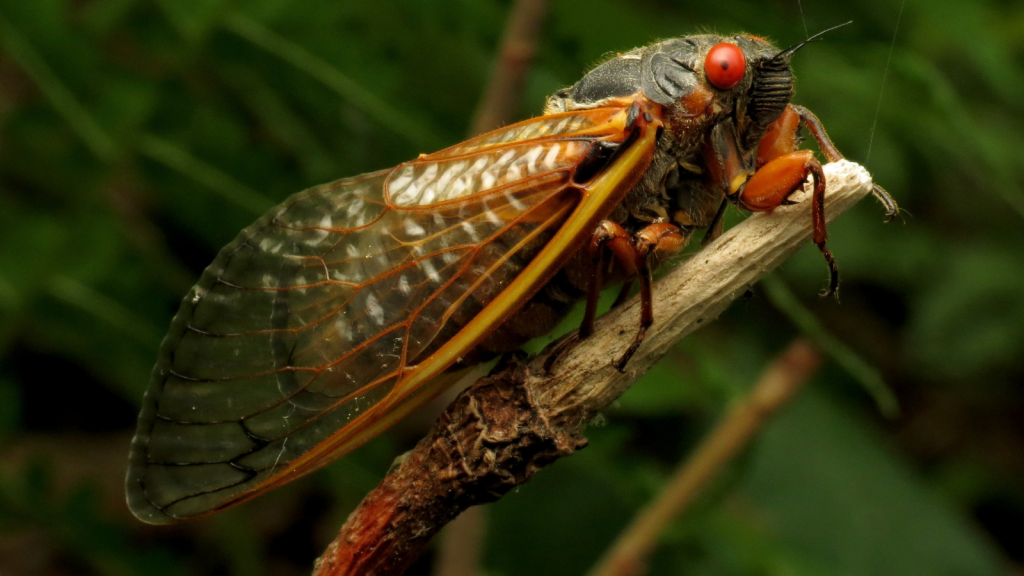Insects are some of the most fascinating creatures on our planet, and their life cycles can be truly mind-boggling. From parasites that control their hosts’ minds to beetles that spend years underground, the insect world is full of surprises. These tiny beings have evolved incredible ways to survive and thrive in their environments. Some change form so dramatically that you’d never guess they were the same species at different stages of life. Others have found ways to cheat death or manipulate their surroundings in ways that seem like science fiction. Let’s explore 15 insects with life cycles that will make you see the natural world in a whole new light.
Zombie Fungus Ant

The zombie fungus ant falls victim to a parasitic fungus that takes over its brain. Once infected, the ant climbs to a high point, clamps its jaws onto a leaf, and dies. The fungus then grows out of the ant’s head, releasing spores to infect more ants. This gruesome cycle ensures the fungus’s survival while turning its host into a real-life zombie. Remarkably, different species of this fungus have evolved to target specific ant species, showing the incredible specialisation in nature.
Periodical Cicada
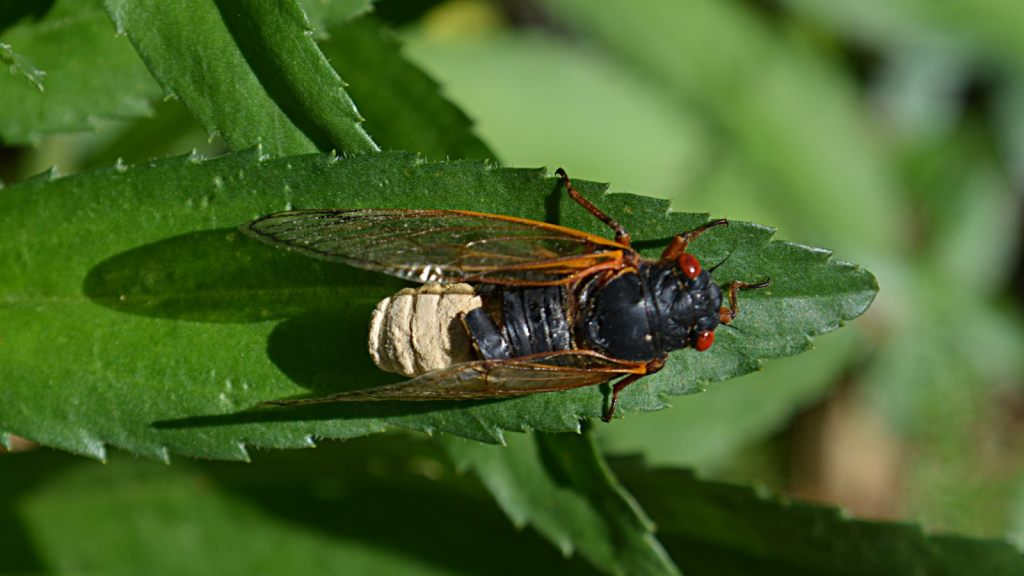
Periodical cicadas spend most of their lives underground as nymphs, feeding on tree roots for 13 or 17 years. They emerge in massive swarms, quickly mate, lay eggs, and die within a few weeks. This long underground stage and synchronized emergence is thought to help them avoid predators and ensure their survival. The prime number years of their cycles are believed to make it difficult for predators to sync their own lifecycles with the cicadas.
Antlion
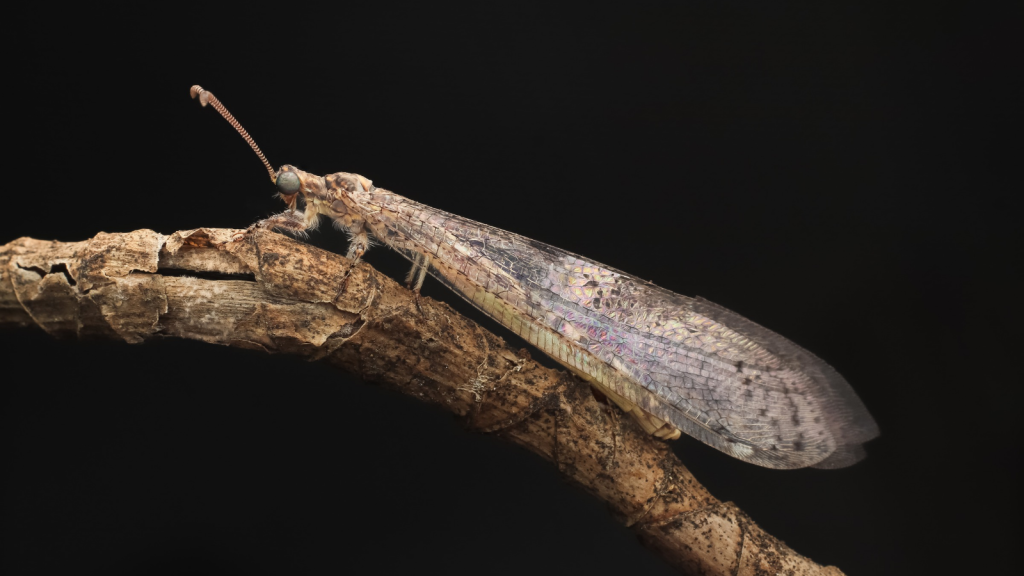
Antlion larvae dig cone-shaped pits in sandy soil to trap their prey. They wait at the bottom, hidden in the sand, ready to grab any small insect that falls in. After a few years of this sneaky hunting, they transform into delicate, flying adults that look nothing like their larval form. The adults, with their long, slender bodies and lacy wings, are often mistaken for damselflies.
Monarch Butterfly
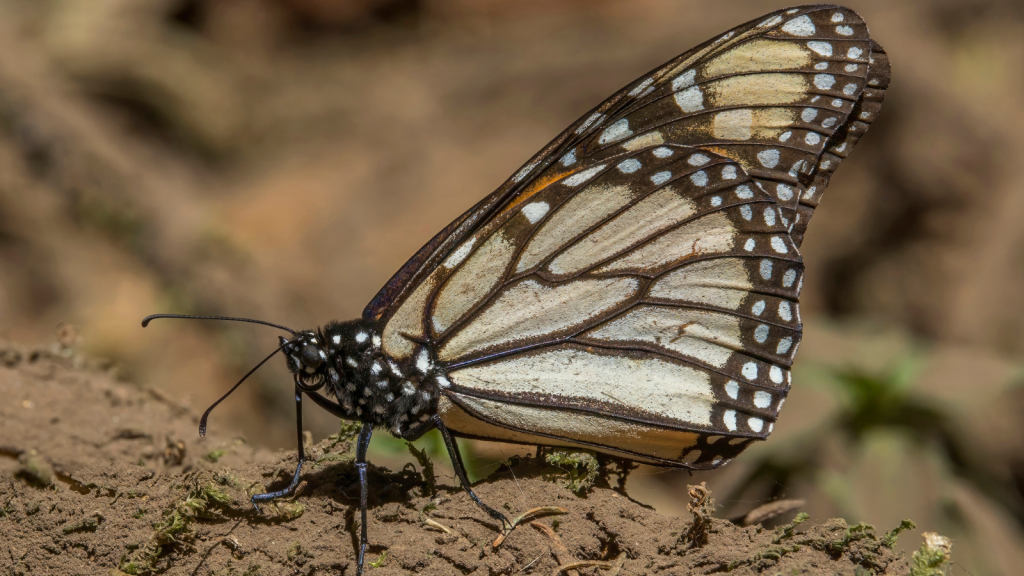
Monarch butterflies undergo a remarkable transformation from caterpillar to adult. What’s truly unusual is their multi-generational migration. It takes several generations to travel north, but a single “super generation” makes the entire journey south, living up to eight times longer than their parents. This super generation has genetic differences that allow them to live longer and resist the urge to reproduce until after their long journey.
Bombardier Beetle
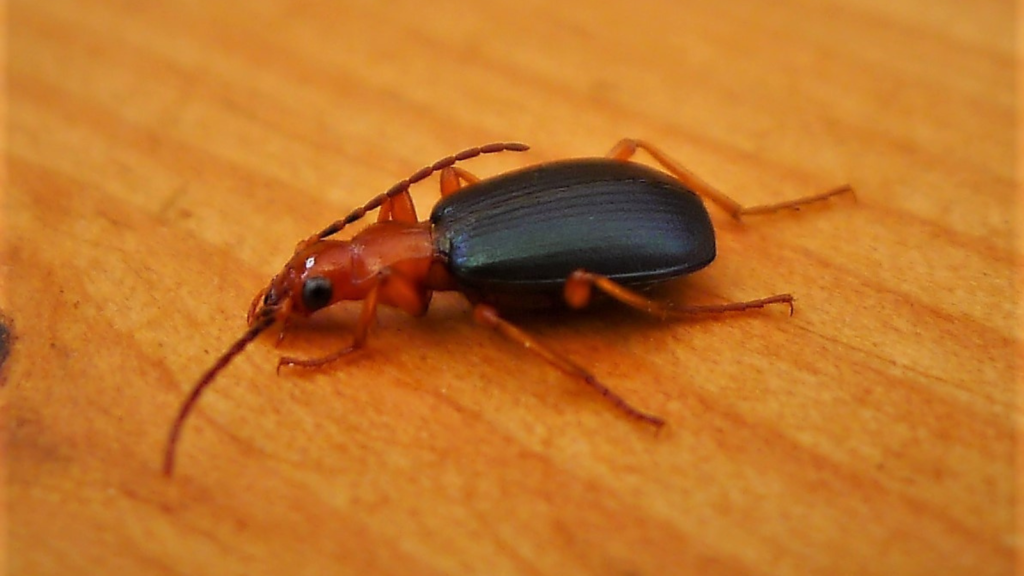
The bombardier beetle has a unique defence mechanism. When threatened, it mixes chemicals in its abdomen to create a boiling, toxic spray that it fires at predators with a loud pop. This ability develops as the beetle grows from larva to adult, giving it a powerful way to protect itself. The beetle can aim its spray with remarkable accuracy, rotating its abdomen to hit targets in almost any direction.
Harlequin Beetle
Harlequin beetles have a complex relationship with mites. The adult beetles carry mites to new habitats, where the mites help keep the beetles’ egg-laying sites clean of fungi. In return, the mites get a free ride and a place to live, showing how insects can form partnerships with other tiny creatures. This relationship is so important that the beetles have evolved special structures called acarinaria to transport the mites.
Glow-worm

Despite their name, glow-worms aren’t worms at all, but beetle larvae. The females never grow into adults, instead staying in their larval form and using their bioluminescent glow to attract flying males. This unusual lifecycle means the females never eat as adults, focusing all their energy on reproduction. The males, in contrast, do develop into winged beetles but live only long enough to mate.
Strepsiptera
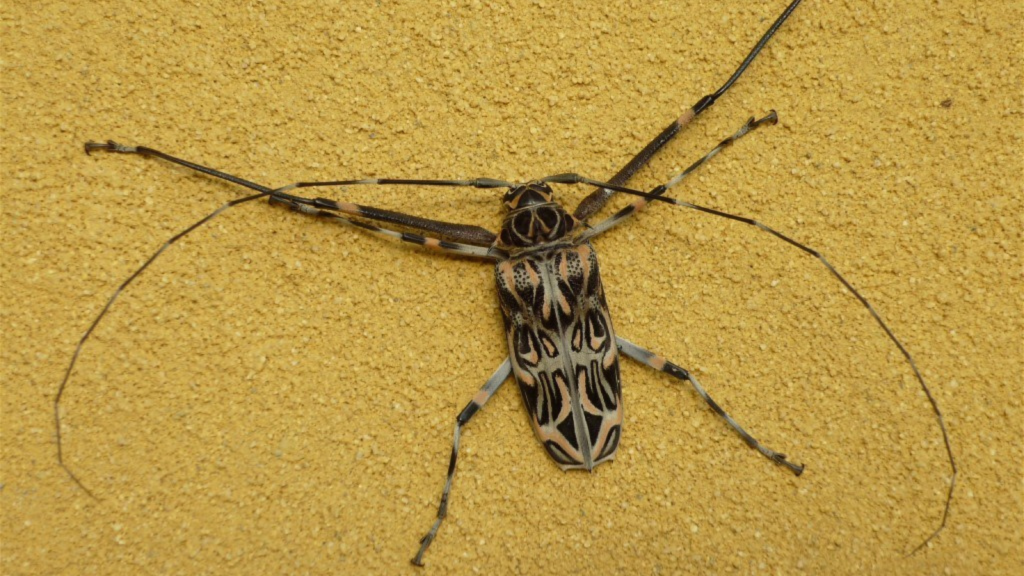
Strepsiptera are parasitic insects with an extraordinary lifecycle. The females never leave their host insects, losing their legs and eyes as they mature. Only the males develop into free-living adults, and they live for just a few hours, long enough to find and mate with a female still inside her host. The male’s short lifespan is matched by unique fan-shaped wings that allow for incredibly agile flight to quickly find a mate.
Mayfly

Mayflies spend most of their lives as nymphs in water, sometimes for several years. However, their adult stage lasts only a day or two. In this short time, they must mate and lay eggs, not even stopping to eat. This brief adulthood is one of the shortest of any insect. Mayflies are unique among insects in having a subadult winged stage, allowing them to molt one final time after developing wings.
Aphid
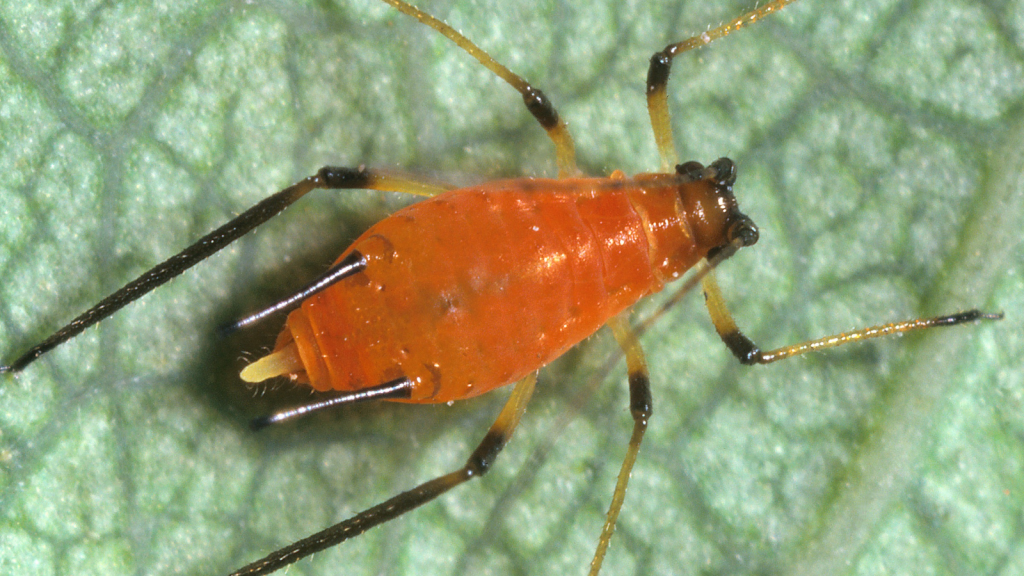
Aphids can reproduce without mating, giving birth to live young that are already pregnant. This allows their populations to explode quickly. In autumn, they produce males and mating females to lay eggs that survive the winter, showing how they can switch between reproductive strategies. Some aphid species can also produce winged individuals when their host plant becomes overcrowded, allowing them to disperse to new food sources.
Giant Glowworm

New Zealand’s giant glowworms are actually fly larvae that create long, sticky threads to catch prey. They glow to attract flying insects into their traps, using bioluminescence as a hunting tool. This unique lifecycle combines elements of a spider’s web with a firefly’s glow. The adult flies, in stark contrast to their larval form, have no functioning mouth parts and live only a few days, existing solely to reproduce.
Twisted-wing Parasite
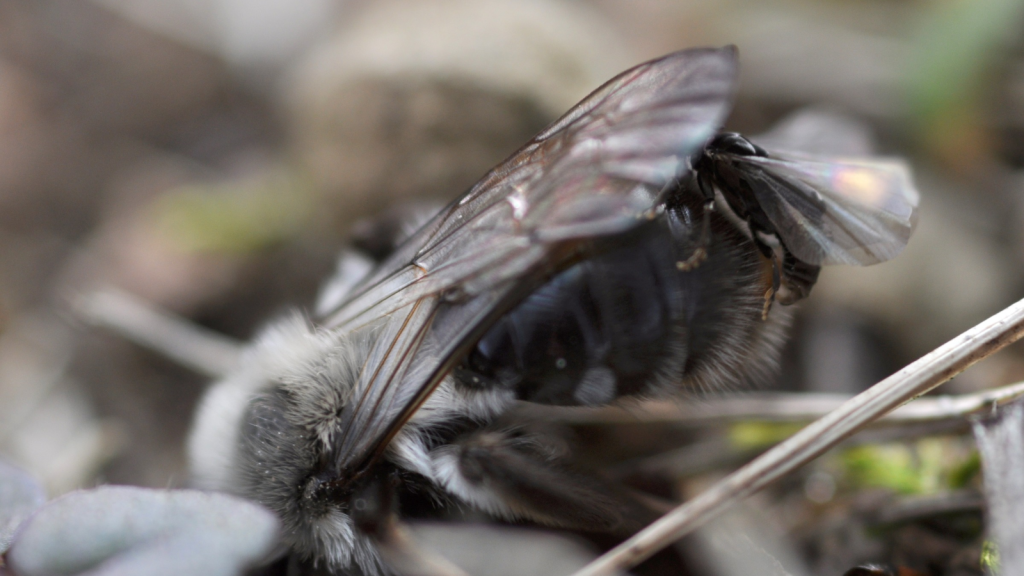
Male twisted-wing parasites look like typical flying insects, but the females are another story. They burrow into other insects as larvae and never leave, becoming little more than a bag of eggs. The males must mate with these hidden females by injecting sperm into their host’s body. The first-stage larvae of these parasites are unusually active, able to jump several centimetres to land on a potential host.
Oil Beetle
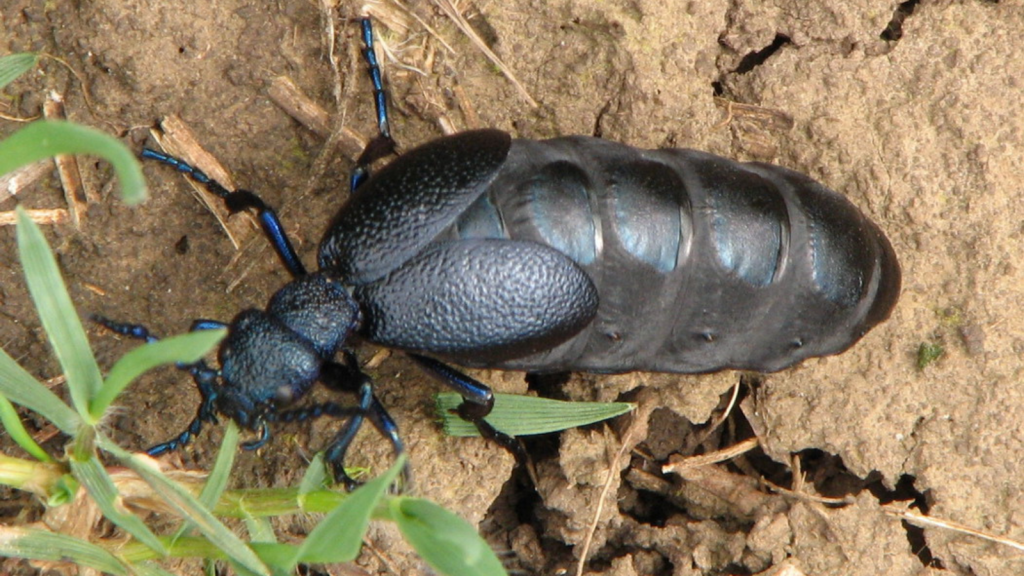
Oil beetles have a strange way of ensuring their offspring’s survival. Their larvae hitch rides on bees to get to their nests. Once there, they eat the bee’s eggs and honey stores. This sneaky strategy, called hypermetamorphosis, involves several larval stages with completely different forms. The first larval stage, known as a triungulin, has strong legs and mandibles to grip onto the bee, but later stages are grub-like and better suited for eating.
Alder Fly
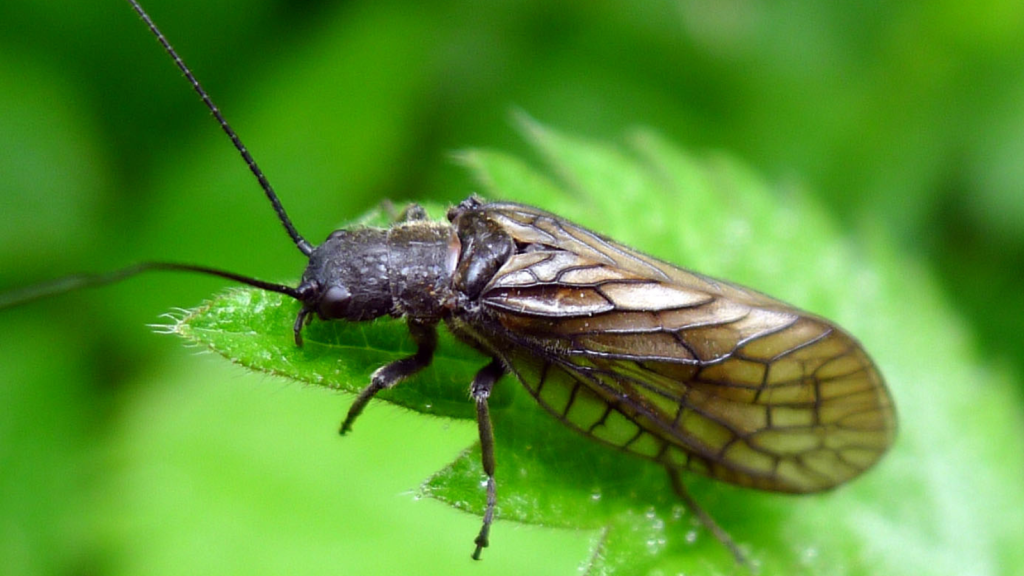
Alder fly larvae live in water and breathe through gills, but the adults are terrestrial and look quite different. What’s unusual is that the adult flies don’t feed at all. They live off fat stores built up during their larval stage, focusing all their adult energy on finding a mate and reproducing. The larvae are voracious predators in freshwater environments, playing a crucial role in aquatic ecosystems.
Bee Fly
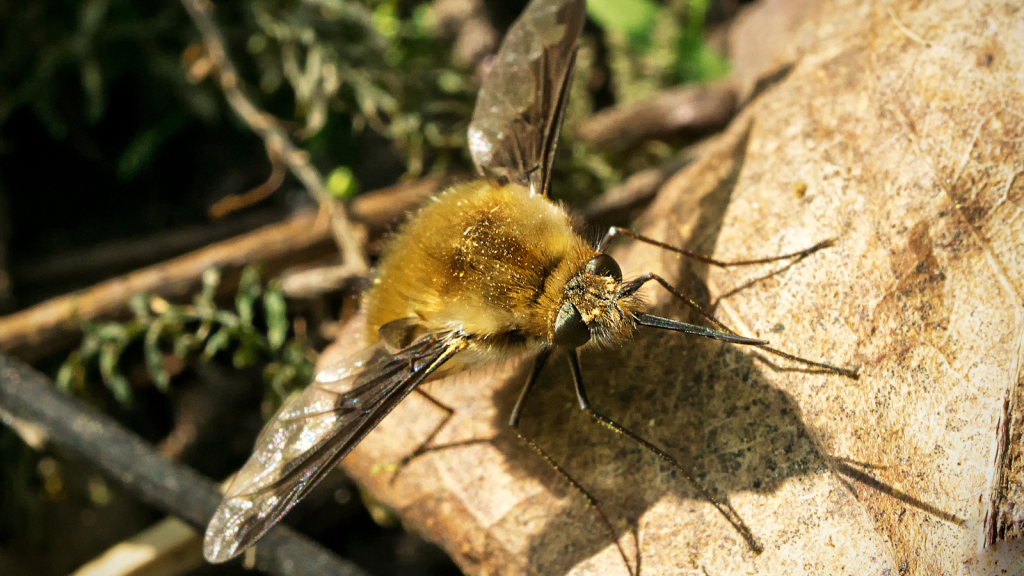
Bee flies mimic bees to avoid predators, but their lifecycle is far from bee-like. The larvae are parasites of other insects, often bees and wasps. The adult females flick their eggs into the nests of their hosts, where the larvae will feed on the host’s offspring, turning a bee’s nursery into a deadly trap. Despite their parasitic nature, adult bee flies are important pollinators, feeding on nectar with their long proboscises.
Becky is a fervent wildlife enthusiast and pet care expert with a diploma in canine nutrition. Her love for animals stretches beyond the domestic, embracing the wild tapestry of global fauna. With over a decade of experience in animal welfare, Becky lends her expertise to OutlandishOwl through insightful articles, captivating wildlife information, and invaluable guidance on pet nutrition. Her work embodies a deep commitment to understanding the intricate lives of animals and a passion for educating others on sustaining natural habitats. Becky's hands-on conservation efforts and her knack for translating complex dietary science into practical pet feeding tips make her an indispensable voice for creatures great and small.

